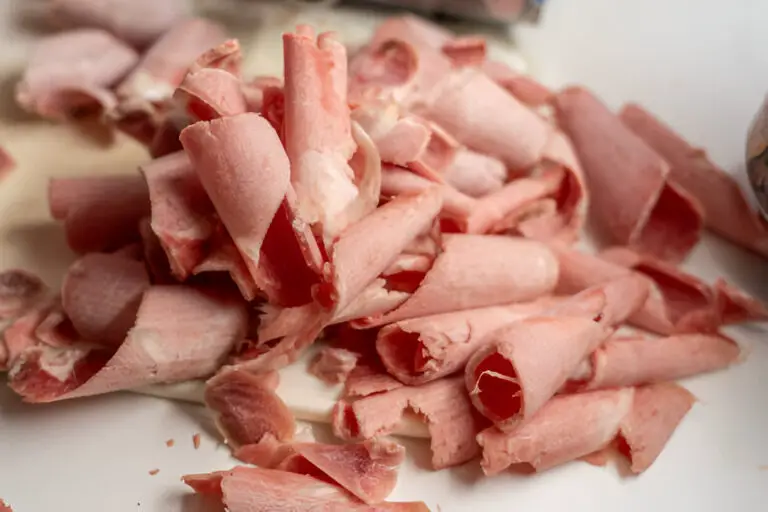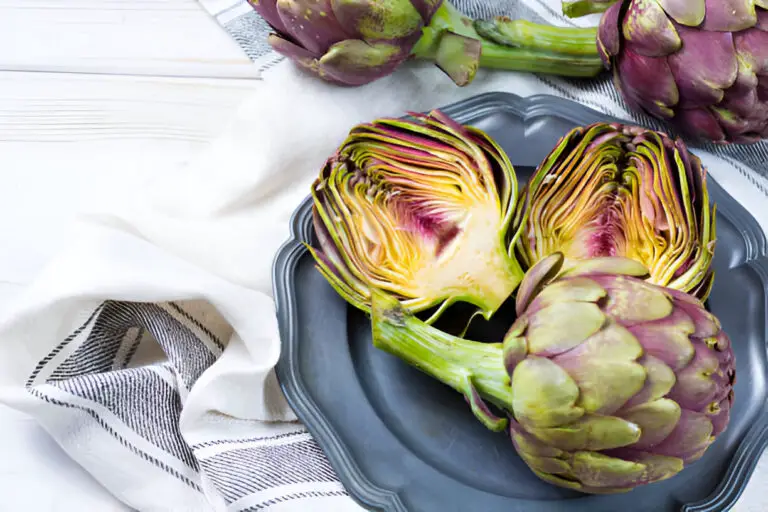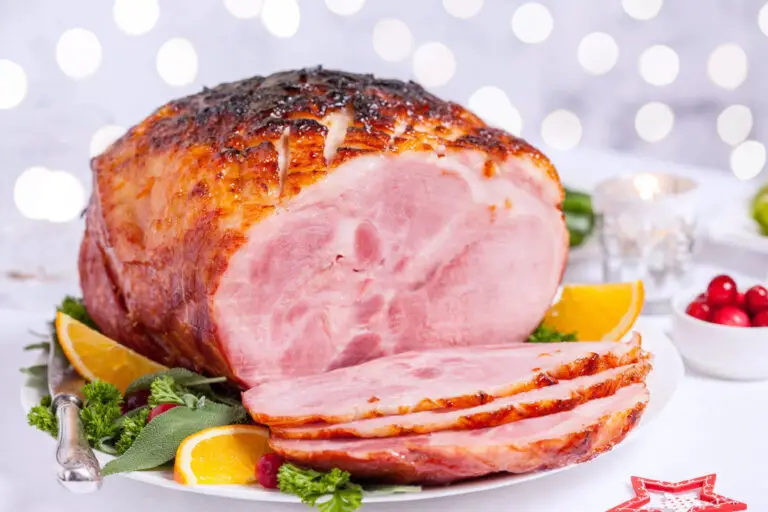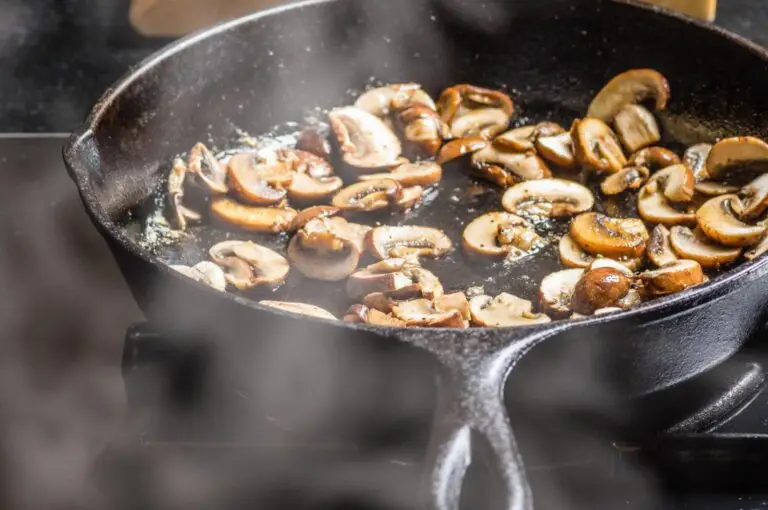Cornstarch vs. Baking Soda: Can Cornstarch Be a Substitute in Baking?
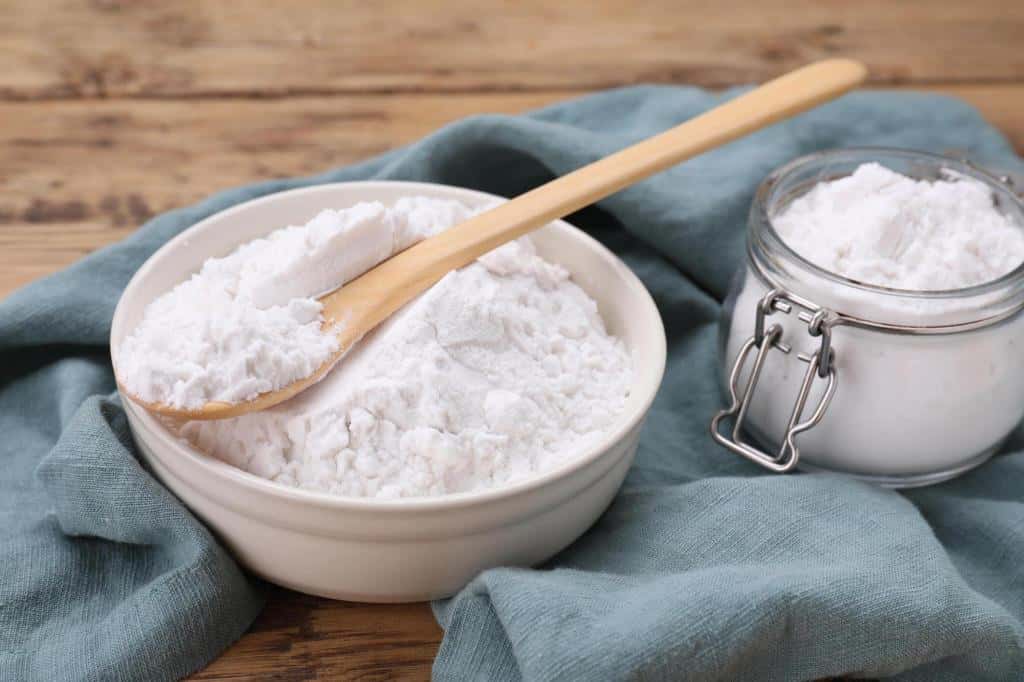
In the world of baking, each ingredient plays a crucial role in ensuring that our creations rise to perfection and tantalize taste buds. As we sift through our pantry staples, two components often stand out—cornstarch and baking soda. Even though they look humble in powdered form, these unsung heroes have magical powers that can make or break the success of our baked goods.
Today we are going to talk about the small differences between cornstarch and baking soda. This is not only about how they work by themselves, but also about when these kitchen essentials might meet and be able to be used instead of each other.
Cornstarch has a silky texture and thickens well. It works well in savory sauces and custards. But, what happens when this white powder meets baking soda? Baking soda is the effervescent darling of leavening agents. Are we about to witness a clash of titans or a harmonious union waiting to be discovered? When we figure out the mysteries of these pantry staples, we can find cool solutions in the recipes’ complicated folds.
So, dear reader, fasten your apron strings. Come with us on a journey where cornstarch not only helps but may even save the day in baking.
Understanding the Contrasts: Cornstarch Versus Baking Soda
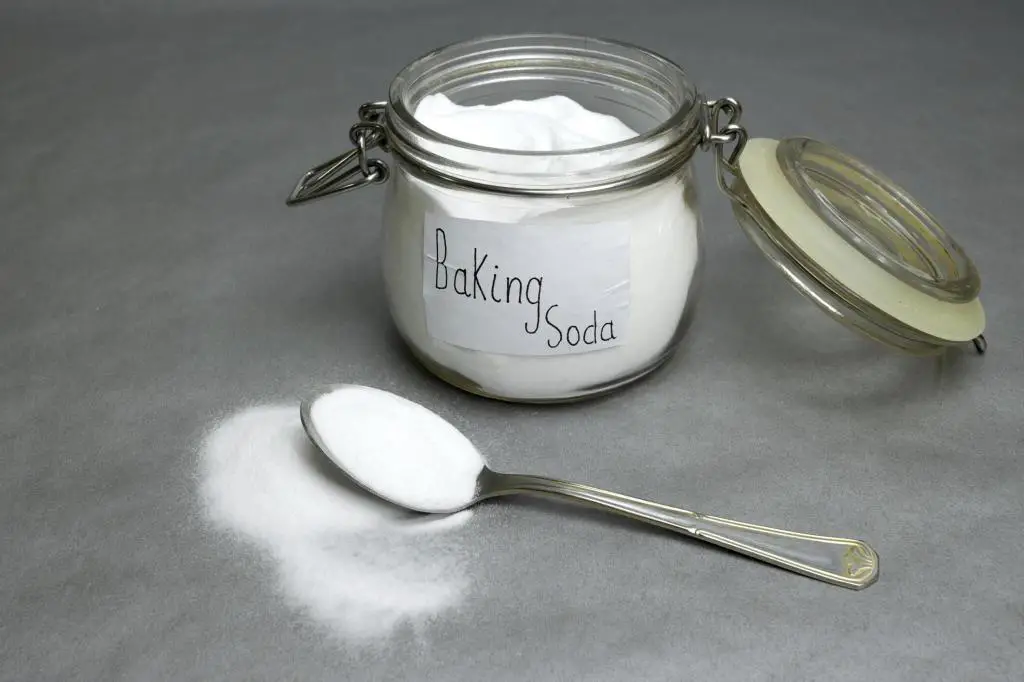
Cornstarch and baking soda, two pantry staples often found side by side, serve very different purposes in the realm of baking. Both are white powders that might look similar. But, they play very different roles once they meet heat or liquid.
What is Cornstarch?
Cornstarch is a fine, powdery starch derived from corn kernels. It is commonly used as a thickening agent in sauces, soups, and gravies due to its ability to create a smooth texture when mixed with liquid. In baking, cornstarch is often used to lighten the texture of baked goods and can be found in recipes for cookies, cakes, and muffins.
It appears in recipes like fruit pies or pudding. It binds ingredients together and adds silkiness to the final product.
What is Baking Soda?
Baking soda, also known as sodium bicarbonate, is a chemical compound that is commonly used as a leavening agent in baking. It is used as a catalyst for rising that transforms dense batters into airy delights.
When combined with an acid, such as vinegar or buttermilk, baking soda produces carbon dioxide gas. This helps baked goods rise and become light and fluffy. Baking soda is a key ingredient in recipes for quick bread
To use these powders in your cooking, you need to know what makes them different at the molecular level. You also need to know how these differences can make or break your recipe.
Cornstarch vs. Baking Soda: Comparison Table
| Property | Cornstarch | Baking Soda |
| Purpose in baking | Thickening agent | Leavening agent |
| Leavening | Does not leaven baked goods | Produces carbon dioxide gas to leaven batter |
| Texture | Creates a softer texture in baked goods | Helps baked goods rise and become fluffy |
| Flavor | Does not affect the flavor of baked goods | Can leave a slightly metallic taste if used in excess |
Next time you reach for cornstarch or baking soda amid flour clouds and sugar spills, think about not only their textures but also the culinary alchemy they represent. They are a blend of science and sensation. This blend turns mere ingredients into tasty treats.
Can Cornstarch Be Used as a Substitute for Baking Soda?
Cornstarch cannot be used as a substitute for baking soda in baking. Baking soda is a leavening agent. It reacts with acids to make carbon dioxide gas. This gas makes baked goods rise and become fluffy. On the other hand, cornstarch is a thickening agent that does not have leavening properties like baking soda. Therefore, using cornstarch instead of baking soda will not provide the same leavening effect needed in baking recipes.
Exploring Cornstarch as a Baking Soda Substitute
While baking soda and cornstarch have distinct roles in baking, there are situations where the latter can step in as a viable substitute. One such instance is in recipes that require thickening or binding properties without the leavening effect of baking soda.
Cornstarch, with its ability to absorb liquid and create a smooth texture, can be particularly useful in custards, sauces, and gravies. Its neutral flavor makes it an ideal choice for recipes where the distinctive taste of baking soda could interfere with the overall dish.
Moreover, to get a crispy outer layer on fried foods or coatings, cornstarch is great. It is a good alternative. Baking soda mainly aids in leavening by making carbon dioxide gas. It does this when acid and heat activate it. In contrast, cornstarch adds crispiness. It can do this because it forms a delicate crust when fried or baked.
This versatility lets home bakers experiment with textures beyond those possible with only baking soda. It opens up new paths for culinary creativity from their kitchens.
| Also see: Adding Too Much Baking Soda to Tomato Soup: What Will Happen? |
Tips for Perfectly Substituting Cornstarch for Baking Soda
When venturing into the realm of substituting cornstarch for baking soda in your recipes, precision is key. Cornstarch’s main role is to thicken and bind ingredients. It does not leaven like baking soda. To ensure a successful swap, remember that cornstarch lacks acid. Acid is needed to create the same reaction as baking soda.
Thus, if you replace baking soda with cornstarch, add an acid like cream of tartar or buttermilk. This will catalyze a similar rising effect.
Moreover, timing is crucial when substituting these ingredients. Baking soda acts instantly when it touches acid in a recipe. But, cornstarch needs heat and time to fully activate its thickening power.
Be patient. Give your baked goods enough time in the oven for the cornstarch substitution to work fully. Then, check the final texture and rise of your creation. You can confidently use cornstarch instead. But, you must measure and understand both ingredients’ roles. Doing so maintains the quality and taste of your baked goods.
Exploring the Versatility of Cornstarch in Baking
In baking, substituting cornstarch for baking soda may seem odd. But, there are recipes where this swap leads to delightful results. One such instance is in tenderizing cookie dough. Baking soda helps spread cookies while baking. It also aids in making them rise. In contrast, cornstarch is gentle. It softens the dough without sacrificing structure. Picture biting into a buttery sugar cookie that melts flawlessly on your palate – that’s the magic cornstarch can bring when it steps in for traditional leaveners.
Also, when making delicate custards or puddings, consider using cornstarch as your ally. Don’t default to baking soda. It thickens and adds creaminess to desserts. But, it doesn’t change their flavor. You whisk together the ingredients for a silky vanilla pudding. Or, a smooth pastry cream with just the right amount of sweetness. Let cornstarch showcase its skill. It gives perfect texture and consistency every time. Dare to experiment with this flexible ingredient. It will take your dessert game beyond expectations.
Drawbacks of Cornstarch as a Baking Soda Substitute
While cornstarch can serve as an alternative to baking soda in select recipes, it’s vital to grasp its limitations. One significant drawback is the lack of leavening properties that are inherent to baking soda. Baking soda helps baked goods rise and lighten. It does this by releasing carbon dioxide when it meets acidic ingredients. In contrast, cornstarch lacks this power.
Using cornstarch alone may make textures dense or flat. This is a problem in recipes where rising agents are crucial for good texture and structure.
Additionally, substituting cornstarch for baking soda requires careful consideration of the desired outcome. Cornstarch thickens because it has starch. It isn’t for leavening like baking soda. So, when replacing one with the other, especially in recipes that need rise and fluffiness, you must adjust. This is to make up for their different roles in baking chemistry. Ignoring these nuances could lead to bad outcomes. They are very different from what traditional recipes that call for baking soda would expect.



